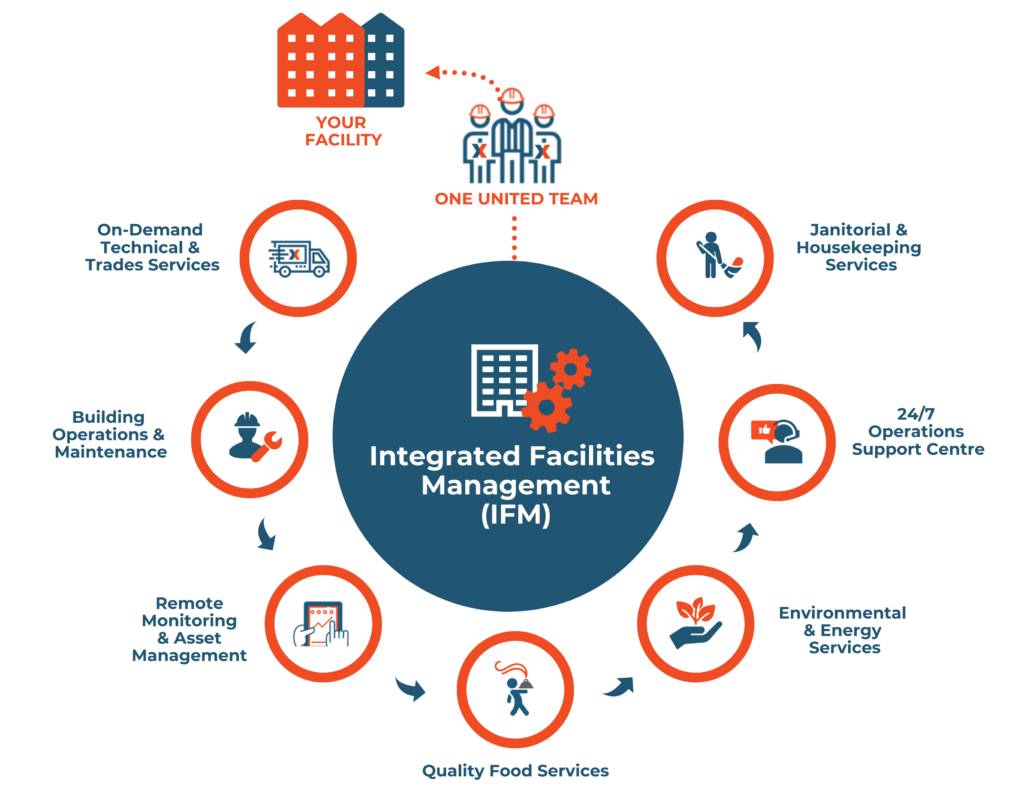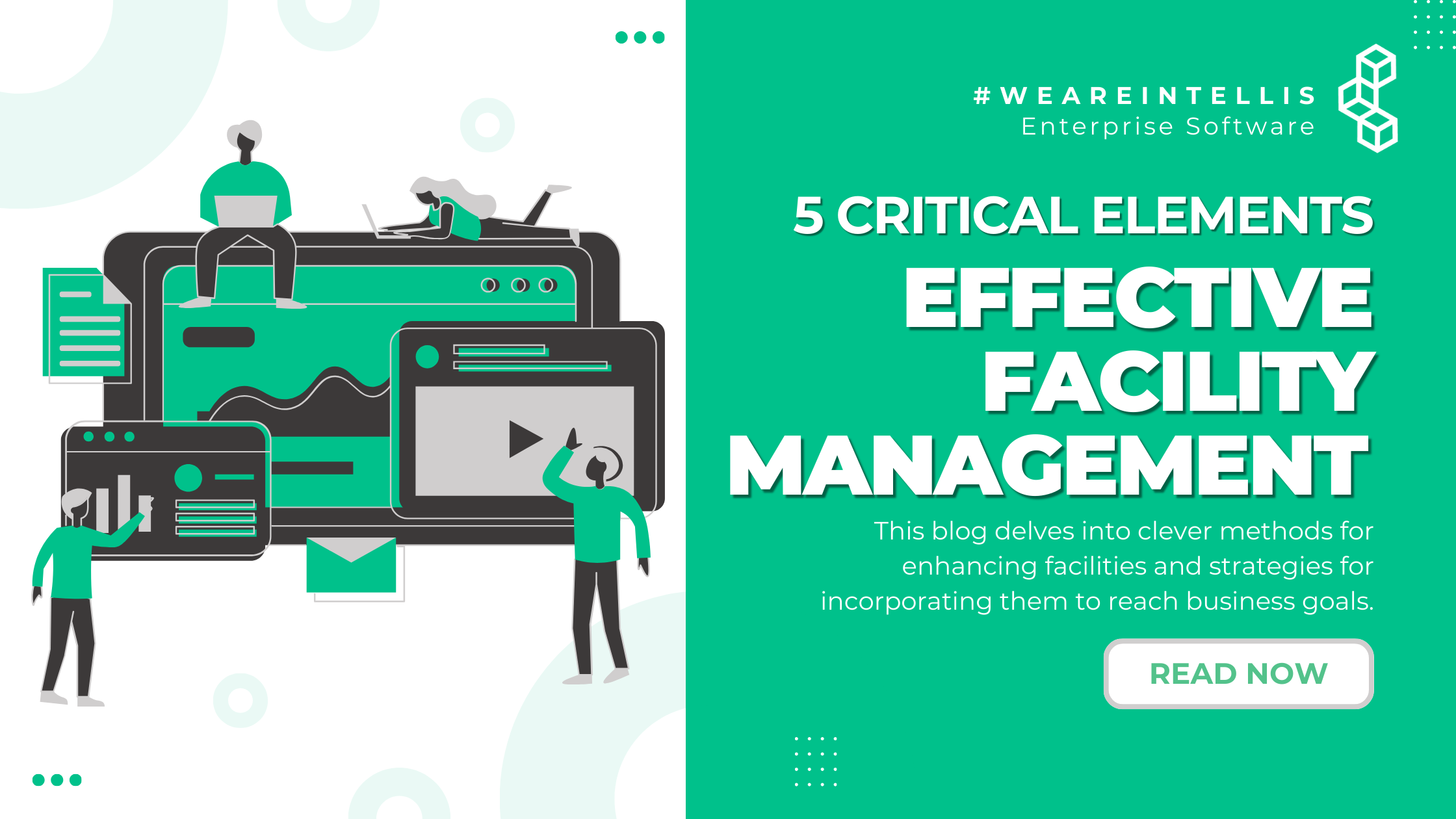The Vital Overview to Center Administration: Approaches for Success
Facility administration plays an essential role in the general success of an organization, offering as the backbone that supports productivity, efficiency, and safety and security. The subtleties of effective center monitoring extend beyond mere logistics and call for a detailed understanding of both quantitative and qualitative metrics.
Understanding Facility Monitoring
What comprises efficient center administration? Reliable center administration incorporates the control of various business features to make certain that built atmospheres are secure, reliable, and for efficiency. It integrates the principles of engineering, design, and business administration to produce a seamless operational flow within an organization.
Trick elements of center administration include space planning, upkeep monitoring, and conformity with health and wellness and safety policies. Area planning concentrates on enhancing the use of physical sources to sustain organizational objectives, while upkeep monitoring makes sure that centers are maintained in ideal condition, making best use of lifespan and reducing operational costs. Conformity with lawful and regulatory requirements is vital, as it safeguards the organization against prospective liabilities and improves its track record.
Moreover, reliable center monitoring relies upon the critical use innovation, such as Building Management Equipment (BMS) and Computer-Aided Center Administration (CAFM) tools. These technologies promote real-time surveillance of building systems and improve maintenance procedures (Facility Management). Eventually, an extensive approach to center administration not only promotes operational performance however also promotes a favorable atmosphere for site visitors and employees alike, driving total business success

Key Methods for Optimization
Maximizing center administration requires a calculated approach that lines up operational experiment organizational goals. To achieve this, the very first vital strategy is the execution of incorporated technological options. Utilizing sophisticated software program systems permits real-time tracking of center operations, assisting in data-driven decision-making and improving general performance.
Secondly, normal assessments of center efficiency are essential. Carrying out routine inspections and audits enables facility managers to recognize areas that require improvement, making certain that resources are alloted effectively. This proactive method assists in decreasing downtime and improving solution delivery.
An additional important strategy is promoting partnership throughout divisions. By encouraging open communication between groups, center supervisors can much better align their approaches with business goals, resulting in enhanced functional synergy. Furthermore, involving staff in training programs promotes a culture of accountability and improves their capability to add to optimization efforts.
Enhancing Security Protocols
Strengthening safety protocols is essential for producing a safe atmosphere within facilities. An extensive security protocol not only protects site visitors and workers however also enhances operational effectiveness. Facility Management. To attain this, center supervisors need to carry out regular threat assessments to recognize possible hazards and make certain that proper steps are in area

Furthermore, clear interaction channels need to be developed to report security problems quickly. This consists of developing an available system for workers to articulate possible hazards or events without anxiety of reprisal. Leveraging technology can boost safety procedures; for example, implementing security systems and accessibility controls helps keep an eye on center activities and limit unauthorized entry.
Finally, conformity with neighborhood policies and market requirements is non-negotiable. Normal audits and reviews of security methods ensure alignment with current legislations and finest methods. By prioritizing these methods, center supervisors can cultivate a culture of safety that safeguards all stakeholders and ultimately adds to the company's success.
Improving Work Environment Environment
A favorable workplace atmosphere dramatically improves employee morale and productivity, making it a vital focus for facility monitoring. To create such an environment, facility supervisors ought to focus on a number of essential elements, including ergonomics, aesthetics, and employee involvement.
Ergonomic factors to consider are vital to decrease physical pressure and pain. This includes offering flexible furnishings, appropriate illumination, and sufficient space for activity. These modifications can result in lowered absence and boosted job satisfaction.
Aesthetic appeals play a crucial role in forming the workplace ambience. Using shade psychology, natural illumination, and greenery can foster a inviting and boosting environment. Thoughtfully developed spaces can increase creative thinking and enhance overall health.
Furthermore, encouraging staff member involvement with inclusive decision-making processes can boost the feeling of possession and belonging. Collecting feedback on office enhancements and entailing workers in the layout process can lead to a much more customized atmosphere that fulfills their needs.
Last but not least, promoting health initiatives, such as health cares and relaxation areas, can further add to a supportive office culture. By focusing on these approaches, facility managers can efficiently boost the workplace atmosphere, driving both staff member complete satisfaction and business success.
Gauging Success in Facilities
Measuring success in facility monitoring requires an extensive technique that evaluates both qualitative and quantitative metrics. Measurable metrics normally consist of key efficiency indicators (KPIs) such as area application prices, power intake, upkeep prices, and occupancy degrees. These metrics give a clear picture of operational effectiveness and economic performance, allowing center managers to determine areas for improvement and benchmark versus sector criteria.
Qualitative metrics, on the various other hand, concentrate additional hints on user complete satisfaction and worker interaction. Studies and comments systems can determine just how well the centers fulfill the demands of owners, assisting to examine the total office environment. This aspect is critical, as a satisfied labor force is often linked to increased performance and retention rates.
To effectively measure success, center managers should additionally think about integrating innovation, such as building management systems and data analytics devices, to accumulate and examine appropriate data. Frequently evaluating both sets of metrics permits for a much more balanced view of performance and notifies tactical decisions. Inevitably, an effective facility management approach depends upon a commitment to continuous renovation, making sure that both operational efficiencies and customer fulfillment are prioritized.

Conclusion
In conclusion, efficient facility administration is essential for improving organizational performance. Prioritizing security procedures and boosting office settings better add to raised employee satisfaction.
Facility management plays a vital duty in the general success of a company, offering as the backbone that supports performance, efficiency, and safety.Trick components of facility management include room preparation, maintenance management, and conformity with health and wellness and security regulations.Additionally, effective facility management you can look here relies on the strategic use of technology, such as Structure Administration Systems (BMS) and Computer-Aided Center Administration (CAFM) tools. Eventually, a comprehensive strategy to facility monitoring not only promotes operational efficiency however additionally fosters a positive environment for site visitors and employees alike, driving total organizational success.
Inevitably, an effective facility monitoring approach pivots on a commitment to continual renovation, guaranteeing that both operational efficiencies and customer contentment are focused on.